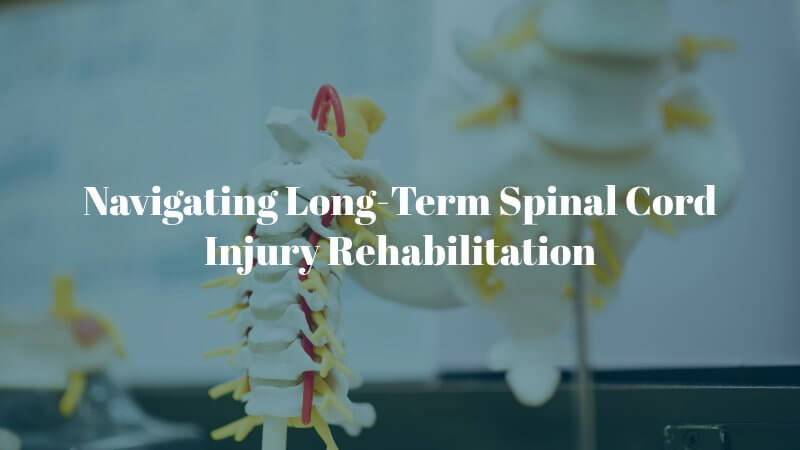A spinal cord injury is a catastrophic, life-altering event with both immediate trauma and lasting disability. Depending on the vertebrae level where the injury occurs, the permanent impacts are paralysis and loss of sensation in the lower body and legs or the entire body below the head or neck. Since the spinal cord delivers messages from the brain to the body below, the higher up the damaging injury, the more severe the level of paralysis.
Injury victims with spinal cord damage face significant changes in their lives going forward after the injury. Many months of rehabilitation are followed by adjusting to life in a wheelchair and a long road back toward independence. For those with the most severe level of paralysis (tetraplegia), independence is no longer possible. Still, many spinal cord injury patients go on to live full lives, but the long-term implications of the injury are important to consider.
If you’ve sustained a spinal cord injury in an accident, seeking counsel from a specialized spinal cord injury lawyer in Encino is imperative to ensure you receive the proper legal representation and support.

Losing motor function causes a multitude of additional impacts on health. The human body is meant to walk upright. Losing this ability causes the cascade of other issues listed below. These related conditions and complications require constant monitoring as the patient moves forward from the initial injury.
Due to the lack of weight-bearing activity in the legs, the lower extremities suffer bone loss, particularly in the first two or three years after the injury. This bone loss leads to osteoporosis, or brittle bones that break easily, particularly the tibia, or lower portion of the leg. For those with injury at a higher level of the spinal cord, bone loss and brittleness also occur in the arms and upper body.
Unless the level of the spinal cord injury is very low (the sacral spine) patients with spinal cord injuries lose their ability to control bladder and bowel function. The majority of patients with spinal cord injuries can no longer release urine without using self-catheterization periodically throughout the day to drain the bladder. Using a catheter introduces bacteria into the urinary tract and bladder, making paralyzed individuals prone to regular urinary tract infections, bladder infections, and kidney infections.
Urinary stasis (the inability to pass urine) also reduces the shedding of the cells lining the bladder. This promotes bacterial growth and increases the risk of UTIs.
Partial paralysis of the respiratory muscles combined with immobility makes those with spinal cord injuries prone to more frequent bouts of respiratory infections, including pneumonia. This results from a decreased ability to clear respiratory secretions. In addition, the fatality rate for spinal cord injury patients hospitalized with pneumonia is 7.9% higher than that in the general population.
Spinal cord injury victims spend their days sitting in wheelchairs with little movement below the waist. Although special cushions and frequent position changes help prevent pressure sores (bedsores), they remain a common problem for spinal cord injury victims who suffer from immobility. Bedsores often become infected, requiring debridement (cleaning away dead tissue) and antibiotic treatment.
When an individual with a spinal cord injury has an injury or illness below the level of the spinal cord damage—like a broken tibia or a serious UTI—They are unable to feel pain from the condition and may be unaware that they have a problem. The brain’s way to accommodate this lack is to send warning signals in the form of a condition called autonomic dysreflexia. Autonomic dysreflexia is a medical emergency in itself if not treated quickly. Symptoms include rising blood pressure, headache, dilated pupils, sweating, shaking, goosebumps, flushing, anxiety, blurred vision, fever, and muscle spasms in the jaw.
In addition to treatment for the condition causing the patient’s autonomic dysreflexia, the spinal cord injury patient requires emergency treatment to lower their blood pressure to prevent a stroke.
Spinal cord victims face significant physical, emotional, and health challenges making it difficult to work in many types of jobs or at all. They may require home health aid to accomplish daily routines depending on the level of their injury.